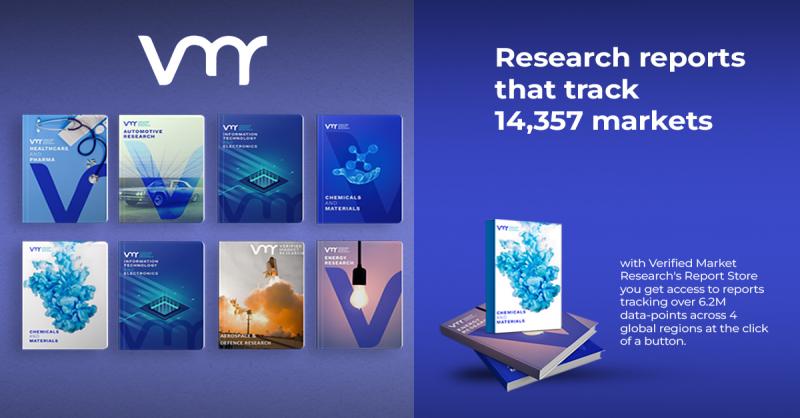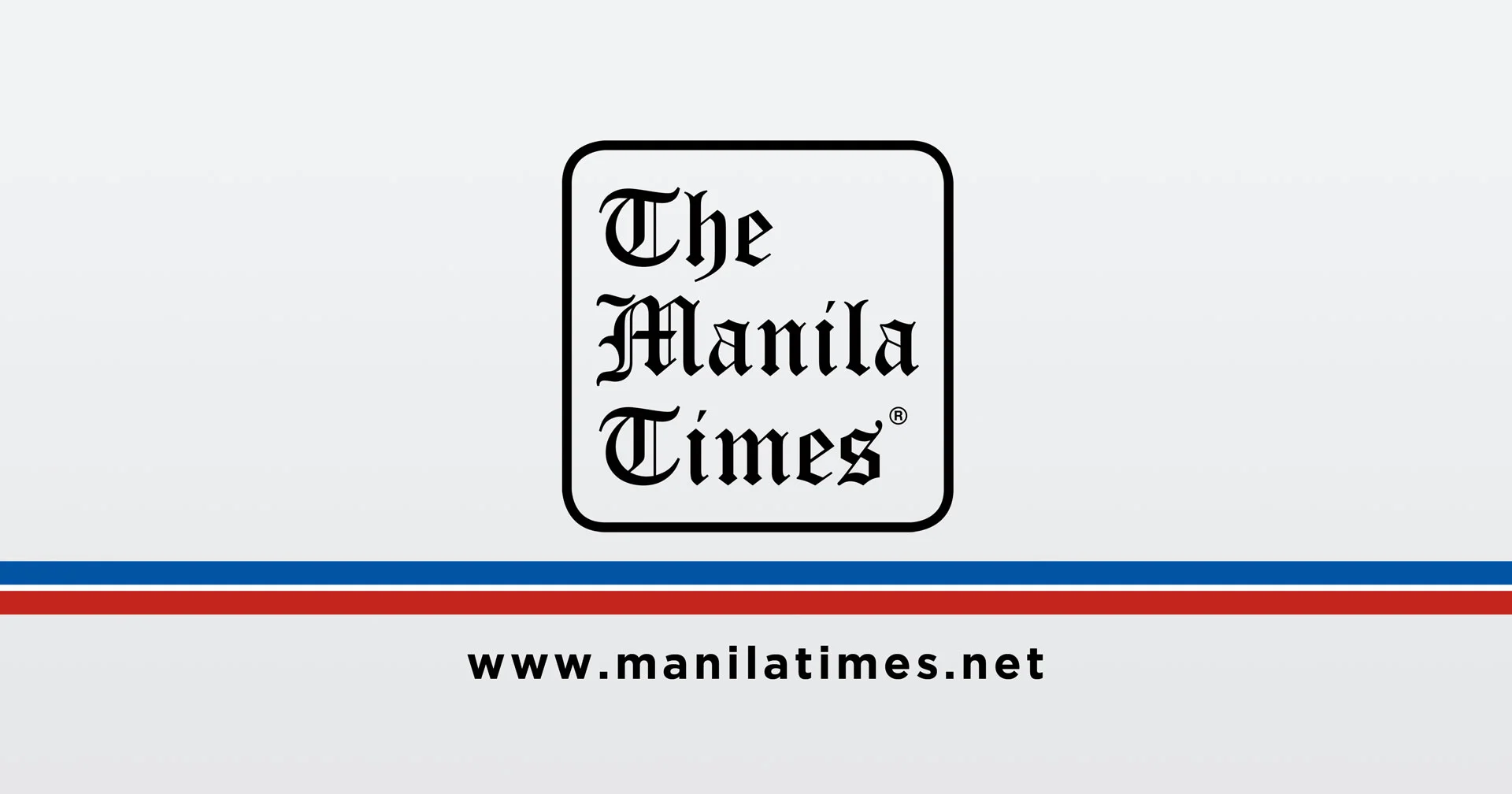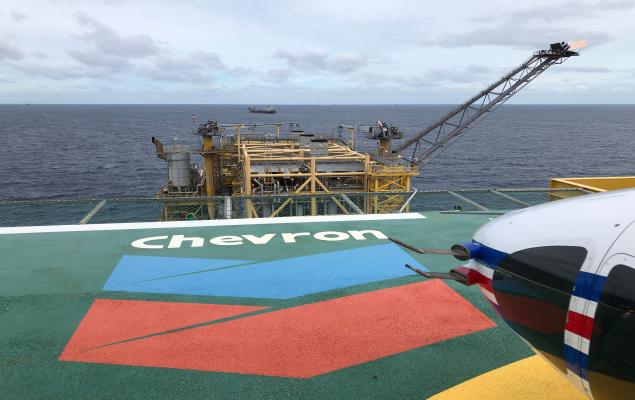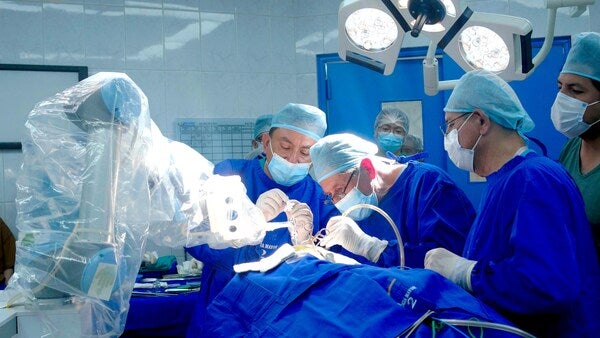Soaring High: The UK Aerospace and Defence IoT Market Forecast to 2031

The global market for Internet of Things (IoT) technology in aerospace and defence is set to experience significant growth, according to Verified Market Research. The market, valued at £49.9 billion in 2024, is projected to reach £131.6 billion by 2031, expanding at a compound annual growth rate (CAGR) of 14.15%. This growth is driven by a confluence of factors, including the increasing demand for real-time data collection, improved operational efficiency, and enhanced decision-making in mission-critical applications.
The Power of Connected Systems
Within the aerospace sector, IoT technology is revolutionising aircraft maintenance. Predictive maintenance, powered by IoT sensors, enables airlines to anticipate potential issues and proactively schedule maintenance, minimising downtime and reducing overall costs. These sensors monitor crucial parameters like engine performance, fuel consumption, and structural integrity, providing valuable insights for optimisation.
In the defence sector, IoT is transforming military operations. Connected devices, wearable technology, and unmanned aerial vehicles (UAVs) enhance situational awareness on the battlefield, providing real-time intelligence and improving response times. Furthermore, IoT is crucial for modernising supply chain management and bolstering cybersecurity within military infrastructure.
Investment Opportunities in a Growing Market
The UK IoT in aerospace and defence market is expected to grow at a CAGR of 15-17%, reaching a value of approximately £24 billion by 2027. This presents exciting investment opportunities, particularly in areas such as:
Advanced IoT Solutions: Development of cutting-edge IoT solutions for predictive maintenance, asset tracking, and real-time analytics, especially for UAVs, satellites, and interconnected defence systems.
Cybersecurity: Investment in cybersecurity solutions to protect sensitive IoT networks from potential threats, as military forces transition to "smart" defence ecosystems.
AI and Machine Learning Integration: Companies integrating AI and machine learning with IoT for enhanced data analysis and decision-making will likely see significant growth.
5G Technology: The adoption of 5G technology offers opportunities for faster and more reliable IoT connections, enabling real-time data transmission across aerospace and defence systems.
Emerging Markets: The growing demand in emerging markets, particularly in Asia-Pacific, provides new avenues for expansion.
Challenges and Risks for Investors
Despite the promising growth outlook, investors face several challenges and risks in this market:
High Costs and Complexity: Implementing IoT systems in aerospace and defence environments requires significant investment and technical expertise, due to stringent safety and reliability requirements.
Integration with Legacy Systems: Integrating IoT with existing legacy systems can be challenging, as these systems are often outdated or incompatible with modern technologies.
Cybersecurity Threats: IoT networks in defence applications are highly vulnerable to cybersecurity threats, including hacking, data breaches, and disruption of mission-critical systems.
Lengthy Procurement Cycles: Defense contracts often involve lengthy procurement cycles and high costs, which can limit immediate returns for investors.
To mitigate these risks, investors should prioritize companies with strong cybersecurity frameworks, proven expertise in delivering integrated IoT solutions for defence and aerospace applications, and a demonstrated track record of successful deployments.
Key Players and Market Trends
Major players in the UK aerospace and defence IoT market include Aerovironment, AT&T, Elbit Systems, Freewave Technologies, General Atomics Aeronautical Systems, Honeywell International, Northrup Grumman, Prox Dynamics, Radisys, and Textron Systems.
Several key trends are shaping this market:
Global Market Expansion: Companies are actively expanding into emerging markets, leveraging their expertise and resources to capitalize on evolving market dynamics.
Sustainable Practices: The sector is increasingly adopting sustainable practices, including using eco-friendly materials, implementing energy-efficient processes, and reducing waste.
Digital Transformation: Companies are embracing digital transformation, incorporating technologies such as AI, IoT, and blockchain to enhance operational efficiency, foster innovation, and improve customer experiences.
Health and Wellness: The market is seeing a growing emphasis on health and wellness, leading to the development of functional and nutritious products.
Conclusion
The UK aerospace and defence IoT market is poised for significant growth, driven by the increasing adoption of connected technologies for improved efficiency, enhanced situational awareness, and optimised operations. While challenges and risks exist, the potential rewards for investors are substantial. Companies focused on developing innovative IoT solutions, integrating AI and machine learning, and prioritizing cybersecurity will be well-positioned to capitalize on this rapidly growing market.





